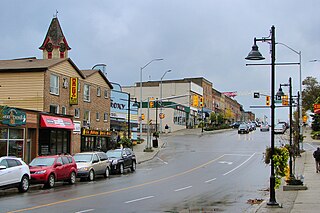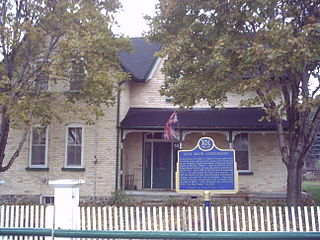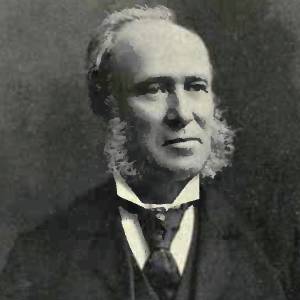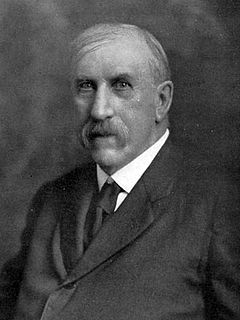This article includes a list of references, related reading or external links, but its sources remain unclear because it lacks inline citations .(February 2009) (Learn how and when to remove this template message) |
George Wheler (September 2, 1836 – July 6, 1908) was a mill owner and political figure in Ontario, Canada. He represented Ontario North from 1878 to 1882 and Ontario West from 1882 to 1884 as a Liberal member.
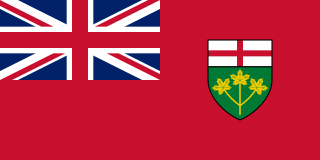
Ontario is one of the 13 provinces and territories of Canada and is located in east-central Canada. It is Canada's most populous province accounting for 38.3 percent of the country's population, and is the second-largest province in total area. Ontario is fourth-largest jurisdiction in total area when the territories of the Northwest Territories and Nunavut are included. It is home to the nation's capital city, Ottawa, and the nation's most populous city, Toronto, which is also Ontario's provincial capital.
Ontario North was a federal electoral district represented in the House of Commons of Canada from 1867 to 1925. It was located in the province of Ontario. It was created by the British North America Act of 1867.
Ontario West was a federal electoral district represented in the House of Commons of Canada from 1882 to 1904. It was located in the province of Ontario. It was created from parts of Ontario North, Ontario South and York North ridings.
He was born in Markham, Upper Canada, the son of Edward Wheler, who came from Devonshire, England, and Anna Maria Reesor. Wheler was educated in Toronto and at Victoria College in Cobourg. In 1861, he married Harriet Hamilton. Wheler was reeve for Uxbridge and warden for Ontario County. He served as postmaster of Uxbridge from 1865 to 1874. He was unseated in 1880 after an appeal but won the by-election held later that same year. Wheler resigned his seat in 1884.

Markham is a city in the Regional Municipality of York within the Greater Toronto Area of Southern Ontario, Canada. It is located approximately 30 km (19 mi) northeast of Downtown Toronto. The city is the fourth-most populous community within the Greater Toronto Area after Toronto, Mississauga and Brampton and is York Region's most populous municipality.

The Province of Upper Canada was a part of British Canada established in 1791 by the Kingdom of Great Britain, to govern the central third of the lands in British North America, formerly part of the Province of Quebec since 1763. Upper Canada included all of modern-day Southern Ontario and all those areas of Northern Ontario in the Pays d'en Haut which had formed part of New France, essentially the watersheds of the Ottawa River or Lakes Huron and Superior, excluding any lands within the watershed of Hudson Bay. The "upper" prefix in the name reflects its geographic position along the Great Lakes, mostly above the headwaters of the Saint Lawrence River, contrasted with Lower Canada to the northeast.

Devon, also known as Devonshire, which was formerly its common and official name, is a county of England, reaching from the Bristol Channel in the north to the English Channel in the south. It is part of South West England, bounded by Cornwall to the west, Somerset to the north east, and Dorset to the east. The city of Exeter is the county town. The county includes the districts of East Devon, Mid Devon, North Devon, South Hams, Teignbridge, Torridge, and West Devon. Plymouth and Torbay are each geographically part of Devon, but are administered as unitary authorities. Combined as a ceremonial county, Devon's area is 6,707 km2 and its population is about 1.1 million.
